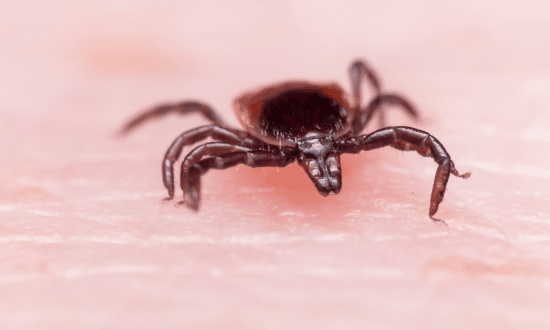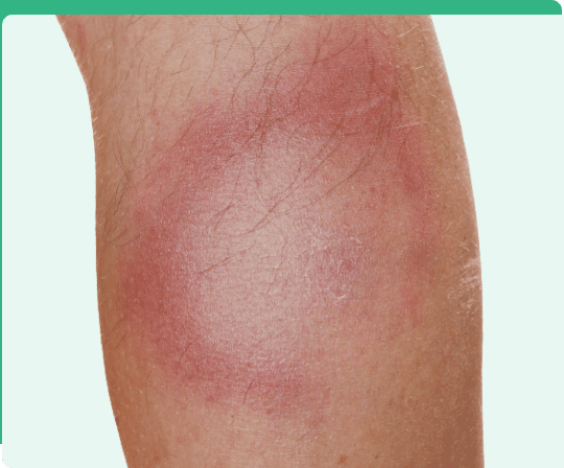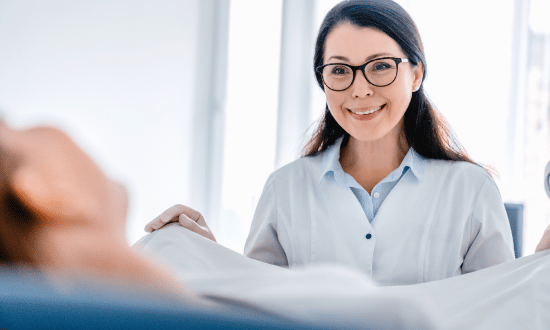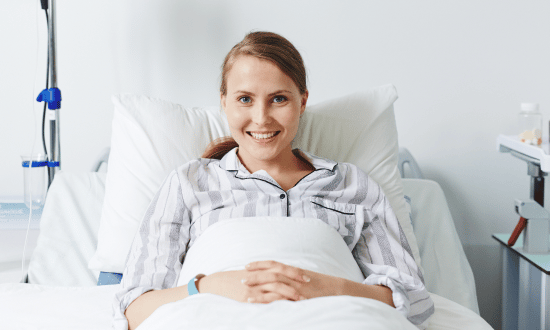At Medinstitute Nikolenko Clinic, we blend standard medical care with complementary and alternative therapy to manage and treat Lyme disease and other tick-borne illnesses. Our medical team, equipped with extensive clinical experience in treating tick-borne diseases, use a personalised diagnostic and treatment approach for patients who are experiencing even the most complex and severe symptoms.


Lyme disease is caused by the bacterium Borrelia burgdorferi and, rarely, Borrelia mayonii. It is transmitted to humans through the bite of infected blacklegged ticks (Ixodes scapularis).
Blacklegged ticks can occasionally transmit other diseases such as anaplasmosis, babesiosis, Borrelia miyamotoi disease, Powassan virus disease, and ehrlichiosis associated with Ehrlichia muris eauclarensis
According to the Centers for Disease Control and Prevention (CDC), typical Lyme disease symptoms include fever, headache, fatigue, and a characteristic skin rash called erythema migran. If left untreated, the infection can spread to joints, the heart, and the nervous system.
Lyme disease is diagnosed based on symptoms, the possibility of exposure to infected ticks and laboratory test results.
Most cases of Lyme disease can be treated successfully with a 2- to 4-week course of oral antibiotics.
A vaccine for Lyme disease is not currently available. Prevention includes insect repellent, removing ticks promptly, applying pesticides, and reducing the available size of the available tick habitat.

Patients can sometimes have symptoms of pain, fatigue, or difficulty thinking. This may last for more than 6 months after the end of the antibiotics treatment. This is called Post-Treatment Lyme Disease Syndrome (PTLDS) and its cause is currently unknown. Long-term antibiotic treatment for Lyme disease has been associated with severe, sometimes deadly complications.
Antibiotic treatment
Rehabilitation & Alternative
therapy treatment
Antibiotic
Treatment
Antibiotic
Treatment
A course of antibiotics is usually prescribed for Lyme disease patients that have not been treated earlier with antibiotics.
The type of antibiotics prescribed depends on the symptoms of each patient, however, it may be required that these should be taken for up to 28 days. It’s essential to finish the course, even if someone starts feeling better before the end of the treatment period. Antibiotics can be administered intravenously in people with severe symptoms.
Most people with Lyme disease get better after antibiotic treatment.


For Lyme disease patients with persistent symptoms following antibiotic treatment for Lyme disease, we provide a range of personalized physical therapy, rehabilitation and alternative therapy regimens.
Physical therapy and rehabilitation
Physical therapy in Lyme disease and PTLDS patients helps to restore movement and function, understand and manage pain, reduce fatigue, and improve quality of life.
Physical Therapy can also help to reduce the risk of relapses in the future. It takes a holistic approach that involves the patient directly in their own care.
Physical therapy is especially beneficial in Lyme disease and PTLDS patients with persistent musculoskeletal and neurological symptoms, including fatigue, difficulty sleeping, arthralgia, myalgia, memory impairment, and headache. At our center, we use different types of physical therapy for each patient with persistent symptoms of Lyme disease, thus creating a customised approach especially tailored to their needs, including manual therapy, different types of massage, laser therapy, TENS, magnetic therapy, exercise therapy, neuromuscular re-education and other treatments.


Colonic Hydrotherapy
This is an alternative treatment that involves flushing the colon with ozonated water using the Hermann Colon Hydromat Comfort device to remove harmful toxins from the digestive system, boosting energy levels and enhancing the immune system, plausibly helping to alleviate some symptoms of Lyme disease and PTLDS.
Hyperbaric Ozone Therapy, or 10 Pass, is an alternative treatment that involves the transfer of ozonated blood under hyperbaric pressure multiple times over the course of a single treatment session using the Hermann Hyper Medozon comfort device.
The benefits of ozone in the body may include strengthening the immune system, stimulating white blood cells, preventing infections and immune system deficiencies by destroying fungi, bacteria and viruses. In addition, ozone therapy may help red blood cells to transport oxygen and improve circulation and general cell function. Due to its multiple benefits, ozone therapy has health and wellness applications, including Lyme and other tick-borne diseases.


Colonic Hydrotherapy
This is an alternative treatment that involves flushing the colon with water using the Hermann Colon Hydromat Comfort device to remove harmful toxins from the digestive system, boosting energy levels and enhancing the immune system, plausibly helping to alleviate some symptoms of Lyme disease and PTLDS.
Ozone therapy
Hyperbaric Ozone Therapy, or 10 Pass, is an alternative treatment that involves the transfer of ozonated blood under hyperbaric pressure multiple times over the course of a single treatment session using the Hermann Hyper Medozon comfort device.Let’s get in touch and start your new health journey together.
Let’s get in touch and start your new health journey together.

13-15, Digeni Akrita, Nicosia, 1055, Cyprus
Mon, Tue, Wed, Fri 8:30AM - 7PM
Thu, Sat: 8:30AM-1PM
Sun: Closed
+357 22755940
Copyright © 2025 Medinstitute
Physical therapy and rehabilitation
Physical therapy in Lyme disease and PTLDS helps to restore movement and function, understand and manage pain, reduce fatigue, and improve quality of life.PhysicIt can also help to reduce the risk of relapses in the future. It takes a holistic approach that involves the patient directly in their own care.
Physical therapy is especially beneficial in Lyme disease and PTLDS patients with persistent musculoskeletal and neurological symptoms, including fatigue, difficulty sleeping, arthralgia, myalgia, memory impairment, and headache. At our center, we use different types of physical therapy to each patient with persistent symptoms of Lyme disease, thus creating a personalised approach especially tailored to their needs, including manual therapy, different types of massage, laser therapy, TENS, magnetic therapy, exercise therapy and neuromuscular re-education and other treatments.